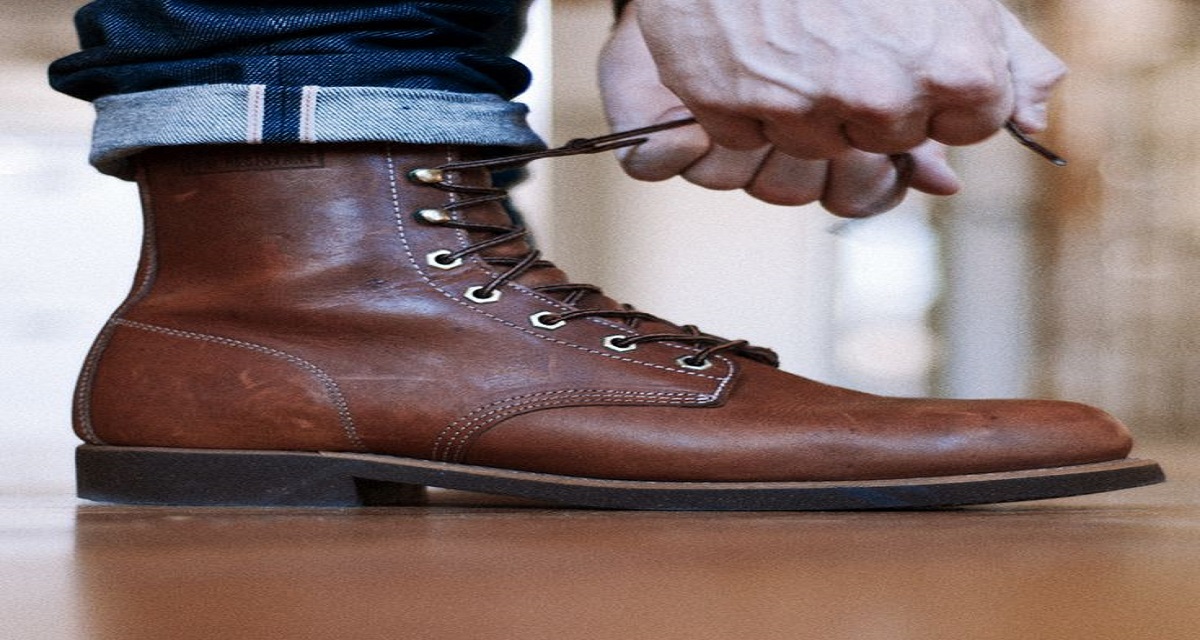The wide version of Flex Boots is now available, All of the wonderful features and advantages of the normal size are there in the Flex Boot WIDE, but as its name suggests, the new boot is wider.
To help you understand why we developed the new wide boot type and how it aligns with our company’s mission to improve the lives of horses and ponies everywhere. we’ve answered the most frequently asked questions about it in this blog article. see part two of our wide boots blog.
Why did humans create a broad boot?
We are frequently asked if Flex Boots fit horses whose hooves are entirely spherical, with equal breadth and length. The majority of the time, when we examined these customers’ hoof images, we found that the horse’s anatomy prevented the hooves from being perfectly round.
When studied using the anatomy of each individual hoof, we have found that although the hoof may appear circular or wider than long, it is actually narrower than its current shape. Here is an illustration of such a hoof. Some horses do, however, have naturally rounded hooves, and this is frequently the case with the front feet. These horses have used special Flex Boot with tremendous success up to this point, but now we have developed an even better solution for them.
Flex Boot WIDE has been in development for a while; we always test and refine our designs until we are entirely satisfied with them so that we know any new product is advantageous and well-functioning for the horse, as well as simple to use for the owner. To start, there are three sizes of the Flex Boot WIDE: 110W, 120W, and 130W.
In the upcoming months, more sizes will be launched; the full size variety is anticipated to be accessible by about May 2023. It’s important to note that we won’t be producing a wide version of the size 150 boot because the current normal size 150 boot is already 5mm wider than the other standard .
What distinguishes the new broad boot from the original, conventional Flex Boots?
In comparison to the original, standard Flex Boot, the new Flex Boot WIDE design’s sole specifications are different:
the wide boot are the same width and length, whilst the standard are 10mm longer than wide. The new design reads, for instance, “Flex Horse 120W,” with the W indicating that it is a wide design boot. You can identify wide by the “W” shape embossing on the front of the boot and the size is also printed on the sides of the boot.
Fit both boot styles with the same TPU gaiters, neoprene gaiters, back straps, and pads?
Yes, the broad boot fit with the original Flex TPU gaiter, back strap, neoprene gaiter, and various accessories like ball rivets. Since the sole shape of the wide boot is different from that of the conventiona they feature a unique selection of Flex pads.
A few remarks about the value of a good trim because a poor trim is still not justified by a broad boot.
Initially, we were apprehensive about making a wide boot because the majority of hoof photographs we see of supposedly wide hooves were actually hooves that were not trimm in accordance with the particular horse’s anatomy, making the hoof shape artificial and harmful to the horse.
should only be use as a last resort to make the horse more comfortable after the trim (and any other pertinent parts of management) have been address. We did, however, recognize that there are horses with perfectly trimmed, round hooves, therefore we made the wide to fit these horses. We must emphasize that, for the sake of the horse.
Does this imply that a thin boot will also be coming up?
Since we are frequently questione about this, it is important to address it right away. In a nutshell, “no” is the response. We do this for two key reasons. We have learned that it is very uncommon for a hoof to be much longer than wide by nature in our 40+ years of combined expertise cutting barefoot horses.
Therefore, a hoof that is more than 15 mm longer than wide has that form because of how it was trimme not. because that horse naturally has an oblong-shaped hoof. The reason why a horse has narrow feet, as seen in all of the client hoof images we receive, is because the hooves were poorly trimme, allowing the toes to grow abnormally long and the heels to collapse.
Therefore, rather than a thin boot to conceal poor trimming techniques, an overly narrow or lengthy hoof requires a modification in how it is trimme. Although a very small percentage of horses may have naturally narrow hooves, it happens so infrequently that creating a special boot for those horses is impractical.
Which Flex Boots should I choose between the regular and wide versions?
The overall hoof form and condition also have an impact. on the choice for a proper hoof boot fit. in addition to the dimensions We will shortly publish.
a separate blog article that goes into more detail about these issues because of this. This blog post contains guidelines for taking precise hoof photographs also read boots .
